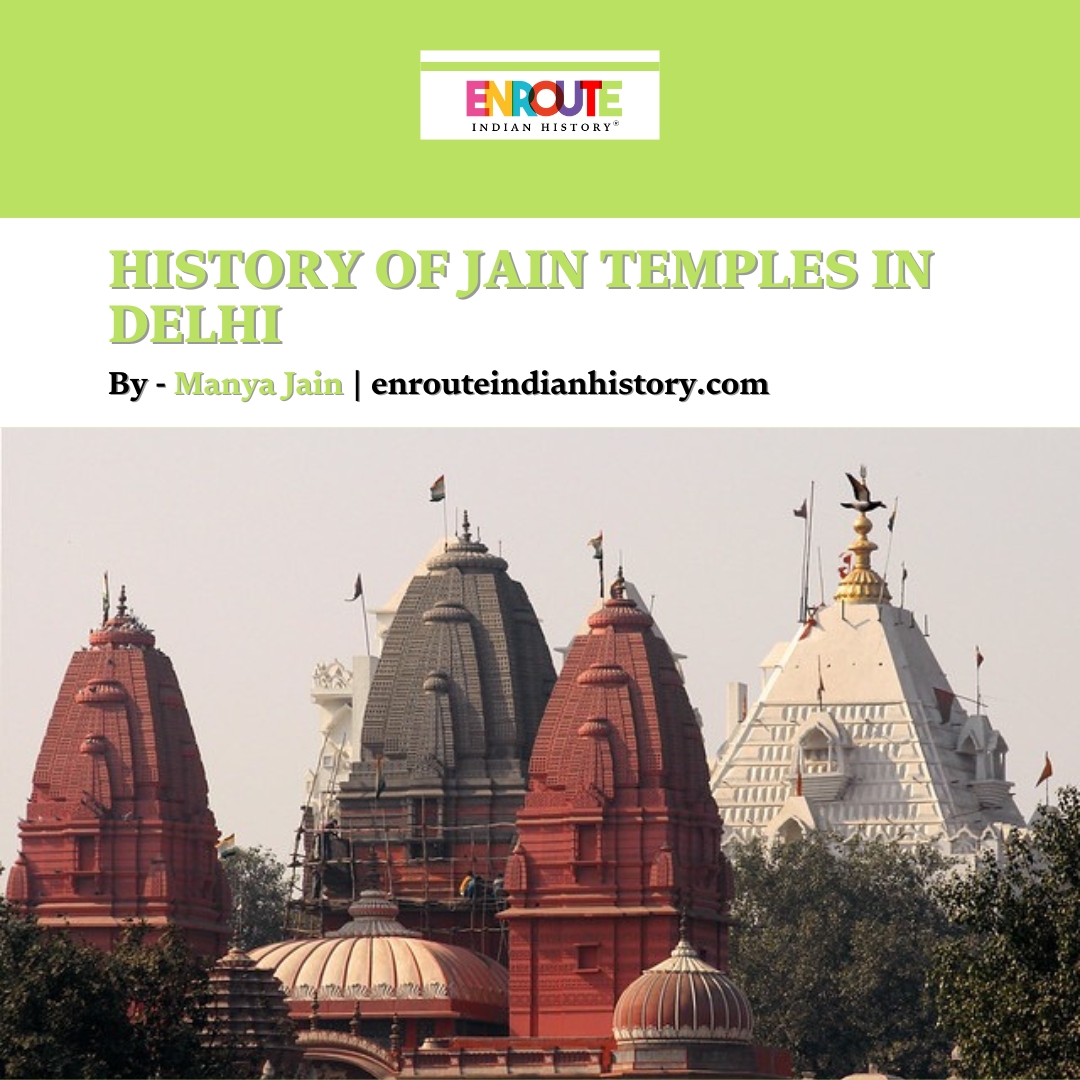Cocooned in Tradition: The Timeless Elegance and Sustainable Promise of Eri Silk in Assam
- enrouteI
- April 10, 2024

Nestled in the verdant landscapes of Assam, India, lies an ancient tradition– the art of Eri silk production. Eri silk, also known as ‘Ahimsa silk’ or ‘peace silk’, holds a significant place in Assamese culture, renowned for its luxurious texture, rich colors, and ethical production methods. Among the various types of silk found, Eri Silk stands out for its unique method of production, as it allows the silkworm to emerge from its cocoon unharmed. Unlike conventional silk production where cocoons are boiled with the silkworm inside to maintain a single filament, Eri silkworms spin short segments of filament, resulting in a cocoon that remains open at one end for the moths to emerge.
In this article, we embark on a journey to explore the traditional methods of Eri silk rearing, its economic, cultural, environmental, and global significance, and the sustainable promise it holds for the future.

(Image Description: Eri Silk Cocoons
Source: @annaloomdesign via Pinterest)
Traditional Methods of Eri Silk Rearing
The process of Eri silk production begins with the cultivation of the Eri silkworm, scientifically known as Samia Ricini. Unlike other silkworm species, Eri silkworms feed majorly on castor leaves. Eri Silk is revered for its heating properties, and it is widely used to prepare warmer clothing and textiles.
The traditional method of Eri silk rearing involves nurturing the silkworms from the egg to the cocoon stage. The eggs are carefully incubated until they hatch into larvae, which are then fed with nutrient-rich leaves. As the larvae grow, they spin their cocoons using a creamy, off-white silk that is characteristic of Eri silk.
Once the cocoons are fully formed, they are harvested without harming the pupae inside, in line with the ahimsa or non-violent ethos of Eri silk production. The cocoons are then processed to extract the silk fibers, which are spun into yarns and eventually woven into exquisite textiles by skilled artisans.

(Image Description: Local way of rearing Eri Silkworms.
Source: Phidaker23 via Wikimedia Commons)
Economic, Cultural, Social, Environmental, and Global Significance of Eri Silk
The production of Eri silk holds immense economic significance for the rural communities of Assam, providing livelihoods for thousands of artisans and farmers across the region. The cottage industry surrounding Eri silk weaving serves as a crucial source of income for many families, particularly in remote and marginalized areas where alternative employment opportunities are scarce.
Beyond its economic importance, Eri silk is deeply ingrained in the cultural fabric of Assam. For centuries, Eri silk has been prized for its unparalleled softness, durability, and natural sheen, making it a preferred choice for traditional Assamese attire such as Mekhela Chador and Gamosa. The intricate motifs and designs woven into Eri silk textiles reflect the rich cultural heritage of Assam, showcasing the craftsmanship and artistic prowess of local weavers. Usually, women from Rural and tribal women carry out the process of spinning and weaving as a part of their daily lives.
Interestingly, it is often known as the “silk of the poor”. Its relevance in the traditional life of the Assamese people is reflected in the old Assamese Proverb ‘Dair Pani, Erir Kani’ meaning, white curd or yogurt cools a person while the Eri cloth warms them.
From an environmental standpoint, Eri silk production offers a sustainable alternative to conventional silk farming methods. Unlike the highly intensive sericulture practices associated with mulberry silk, Eri silk rearing requires minimal inputs and has a significantly lower ecological footprint. Moreover, the use of natural dyes derived from plants and minerals further enhances the eco-friendliness of Eri silk textiles, making them a preferred choice for conscientious consumers.

(Image Description: An Eri Silk cloth
Source: Maadhuri via Pxhere)
In an era marked by growing awareness of ethical consumption and sustainable practices, Eri Silk has emerged as a global ambassador for ethical fashion. With increasing demand for cruelty-free, vegan, and environmentally responsible products, Eri silk has garnered attention from fashion enthusiasts and designers worldwide, who value its unique blend of luxury, tradition, and sustainability.
Eri silk epitomizes the timeless elegance and sustainable promise of Assam’s rich cultural heritage. From its humble origins as a cottage industry to its global recognition as a symbol of ethical fashion, Eri silk continues to captivate hearts and minds with its unparalleled beauty and craftsmanship.
As we look towards the future, it is imperative to safeguard and promote the tradition of Eri silk production, ensuring that it remains a viable and thriving industry for generations to come. By supporting ethical practices, preserving traditional craftsmanship, and embracing sustainable innovation, we can uphold the legacy of Eri silk as a beacon of elegance, tradition, and sustainability in the global fashion landscape.

(Image Description: Eri Silk Blankets
Source: “Fabric Explainer” via Core Fabrics Store Page)
References
Bakker, Lisanne de. Eri Silk – A Peaceful Silk in Assam, India; The Textile Atlas. n.d. March 2024.
Fabrics, Core. An Ethical + Sustainable Silk Alternative – How Eri Silk is Made. 22 March 2023. March 2024.
G Swathiga, G Umapathy and S Manimegalai. “Rearing performance of c2 breed of eri silkworm, Samia cynthia ricini, (Family: Saturniidae, order: Lepidoptera) feeding with different castor genotypes.” Journal of Entomology and Zoology Studies (2019). Docuement.
Harish Kumar J, Kiran N, Ravi Kumara R., Ravi Kumara N., Vasu Mehta. “Silkworm: Diversity and Advances in Silk Production.” Vasu Mehta, Harishkumar J., Nikita Negi, Himanshu Thakur. Storage Entomology andBeneficial Insects: An Overview Storage Entomology andBeneficial Insects: AnOverview. Walnut Publication, 2023. pp.225-350.
- May 15, 2024
- 6 Min Read





















